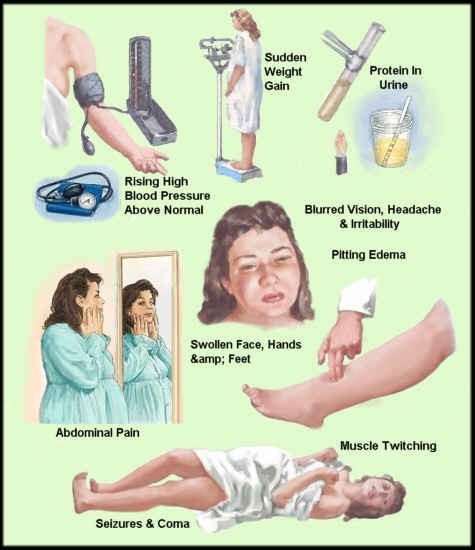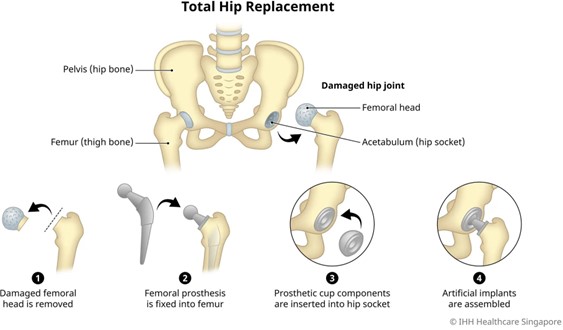The client was admitted to the medical floor. Upon arrival, the client was assessed: He is difficult to arouse but follows commands. He has a peripheral IV which is infusing normal saline at 145 mL/hr. No redness or edema at the site. Breath sounds are clear and equal bilaterally. He appears pink and well-perfused.
The client had a tonic-clonic seizure that lasted for 3 minutes and 5 seconds. The client became apneic during the seizure and the oxygen saturation dropped to 48%. The client was manually ventilated at 100% oxygen and padding was placed around the vent for safety. After the seizure, the client was turned to his left for recovery.
The physician comes to the bedside following the seizure and prescribes phenytoin. The PN administers the phenytoin as prescribed.
What are the possible toxic effects of phenytoin that the PN should closely monitor the client for after administration?
Select all that apply
Ataxia
Drowsiness
Altered blood coagulation
Anxiety
Aphasia
Vertigo
Visual disturbances
Vomiting
Correct Answer : A,B,C,F,G
Ataxia: Phenytoin can cause problems with coordination and balance, leading to ataxia. The PN should monitor the client for unsteady gait or difficulty with movements.
Drowsiness: Phenytoin can cause drowsiness or sedation. The PN should observe the client for excessive sleepiness or difficulty staying awake.
Altered blood coagulation: Phenytoin can affect blood clotting factors, potentially leading to altered blood coagulation. The PN should assess the client for any signs of bleeding or bruising.
Vertigo: Phenytoin can cause dizziness or vertigo, which is a spinning sensation. The PN should be alert for complaints of dizziness or any difficulty with balance.
Visual disturbances: Phenytoin can cause visual disturbances, such as blurred vision or double vision. The PN should monitor the client's vision and report any changes.
The following options are incorrect regarding the toxic effects of phenytoin:
- Anxiety: Anxiety is not a recognized toxic effect of phenytoin. However, it is important to assess the client for any signs of anxiety or emotional changes.
- Aphasia: Aphasia refers to a language impairment and is not typically associated with the toxic effects of phenytoin.
- Vomiting: While phenytoin can cause gastrointestinal side effects, such as nausea and vomiting, it is not directly related to its toxic effects. However, the PN should still monitor the client for any signs of nausea or vomiting.
Nursing Test Bank
Naxlex Comprehensive Predictor Exams
Related Questions
Correct Answer is A
Explanation
Edema, particularly if it is new or worsening, can be an indicator of preeclampsia, a potentially serious condition characterized by high blood pressure and organ dysfunction. Monitoring the client's blood pressure is crucial in assessing for signs of preeclampsia and determining the appropriate course of action.

B. Due date: The due date is an important piece of information for monitoring the progress of the pregnancy, but it is not directly relevant to the client's presenting symptom of edema. The focus should be on assessing for potential complications associated with edema, such as preeclampsia.
C. Fundal height: Fundal height is a measurement used to estimate fetal growth and position. While it is an important parameter to monitor during prenatal visits, it is not directly related to the client's edema. The priority in this situation is to assess for signs of preeclampsia or other complications, which may require assessing the blood pressure.
D. Gravida and parity: Gravida refers to the total number of pregnancies a woman has had, while parity refers to the number of pregnancies that have reached viability (20 weeks or more). While these pieces of information provide a background understanding of the client's obstetric history, they do not provide immediate insight into the current issue of edema. Assessing the blood pressure would be more relevant in this situation to identify any potential complications.
Correct Answer is B
Explanation
After a hip arthroplasty with prosthesis placement, it is important to follow specific precautions to protect the surgical site and prevent dislocation of the hip joint. One common precaution is to avoid excessive internal rotation, adduction, and f

The other observations mentioned in the scenario are correct and demonstrate appropriate knowledge of the turning procedure:
A. Placing an abduction pillow between the client's legs helps maintain proper alignment and prevents adduction of the legs, which can cause hip dislocation.
C. Keeping the back straight and knees bent when moving the client promotes proper body mechanics and reduces the risk of injury to the UAPs.
D. Using a turning sheet under the client for turning and repositioning helps reduce friction and shearing forces, making the process safer and more comfortable for the client.
Whether you are a student looking to ace your exams or a practicing nurse seeking to enhance your expertise , our nursing education contents will empower you with the confidence and competence to make a difference in the lives of patients and become a respected leader in the healthcare field.
Visit Naxlex, invest in your future and unlock endless possibilities with our unparalleled nursing education contents today
Report Wrong Answer on the Current Question
Do you disagree with the answer? If yes, what is your expected answer? Explain.
Kindly be descriptive with the issue you are facing.
